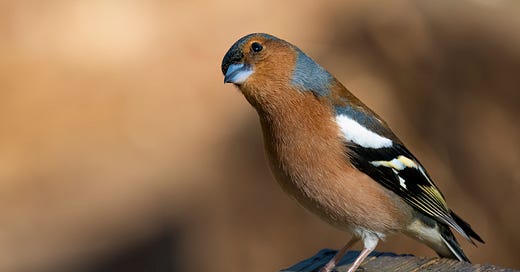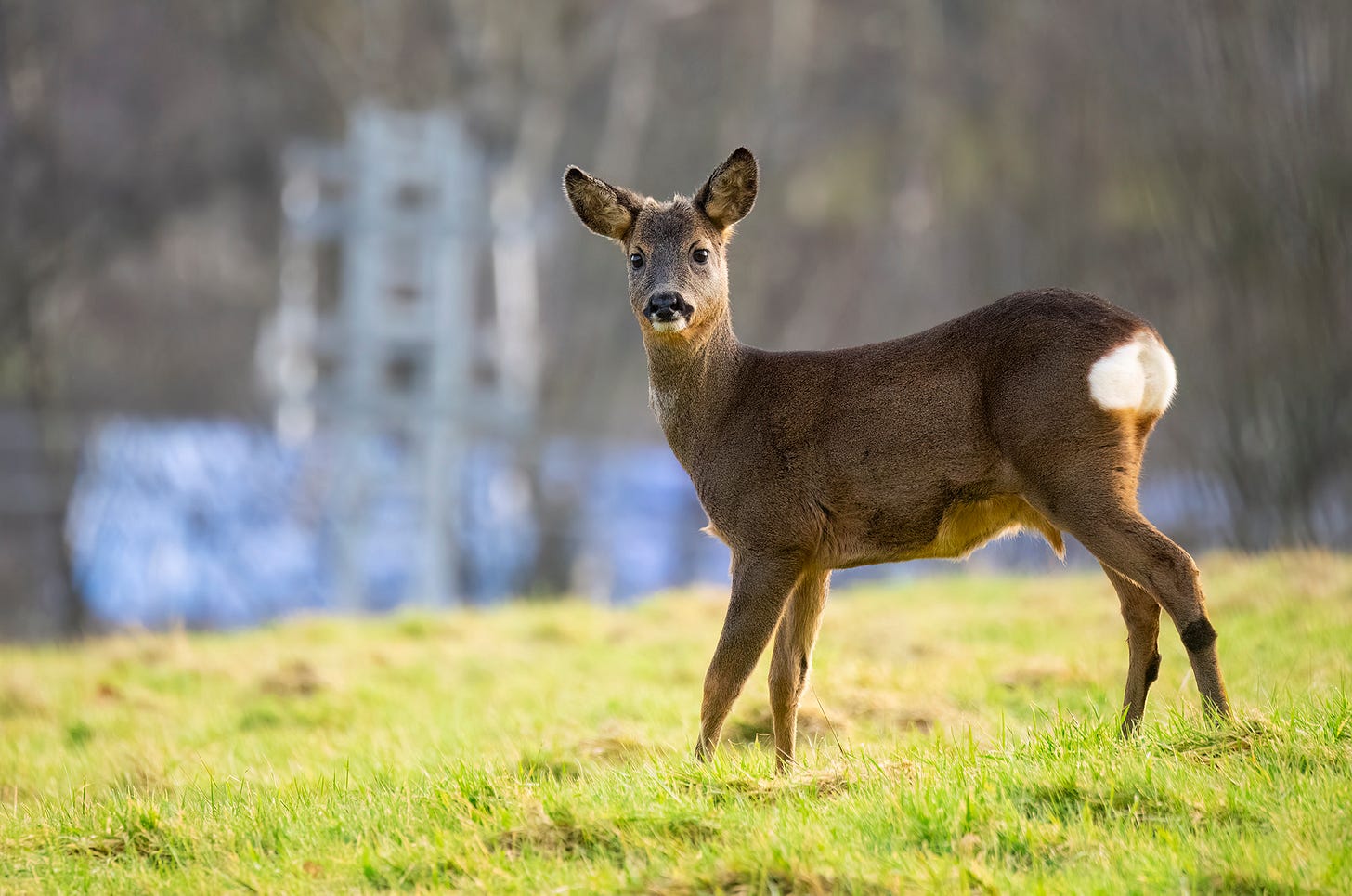March 2025 Viewfinder
Honesty is the best policy in this month's Opposite View Wildlife Photography newsletter.
These days, the truth often feels in short supply, especially on social media.
Respected wildlife photographer Clare Harte recently raised this point in a post on her social media channels, which got me thinking. Referring to images of red deer she had seen - taken in a location where the deer are fed for paying photographers - she said:
I’ve seen pictures of these deer posted with a caption which implies the photographer stumbled across them in the woods and it was this magical, one of a kind encounter. It annoys me more than it should - just tell the truth. You paid (nothing wrong with that) to get a chance to photograph these beautiful animals up close. We know those trees, like we know the stump or the back drop.
With AI being used so often now, I constantly find myself questioning images I see these days. Honesty, in my option [sic] helps to remove doubt that an image is fake.
I also think that being honest about how you got the shot, hides or otherwise, sets expectations for beginners and could help remove that awful self doubt that you’re never going to get a shot like that.
Clare is no stranger to using fieldcraft to get close to elusive species like otters and foxes, but she also utilises hides and feeding stations to photograph wildlife without causing disturbance. As she points out, both approaches are completely valid and require photography skills, subject knowledge, and patience. In wildlife photography, there are no guarantees - whether inside or outside a hide.
Both techniques are featured in this month’s blog posts. One highlights wildlife photographed from public hides on nature reserves, while the other showcases images of roe deer from my local patch - deer who I have been observing and photographing for years. All of my images are captured without causing disturbance, using different techniques to get within shooting distance - from using a hide to employing good old-fashioned fieldcraft and even thermal technology.
Clare is right: honesty helps eliminate doubt about authenticity and sets realistic expectations for beginners. That’s why, if you follow me on Instagram and Facebook, you’ll notice my captions are often quite detailed. Whenever possible (and when the location isn’t sensitive), I explain where I took the image and how I positioned myself to capture it. Many of my images - such as my shortlisted photo in this year’s Scottish Nature Photography Awards (more on that below) - are taken while I’m out walking, simply by being patient and observant. Others, like my roe deer photos, result from countless hours spent understanding their behaviour and acclimatising them to my presence. By sharing the stories behind each image, I aim to be transparent while encouraging newcomers to wildlife photography to try these techniques. While wildlife encounters may feel magical, great images are rarely the result of magic - it’s mostly patience and persistence.
So, what do you think? As wildlife photographers, are we obliged to be honest, or does it even matter if people don’t bother to read captions on social media? Let me know your thoughts in the comments.
I’ll leave you with this posing male chaffinch. In the spirit of honesty, this shot was taken from a hide where nuts had been put out for red squirrels, and bird feeders were nearby. As Clare mentioned in her post, “They’ll happily pose, and the rest is up to you.” This chaffinch posed, and I got the image I wanted.
Best wishes,
Rhiannon
Opposite View Wildlife Photography
Through my lens
Beasts from the East - photographing wildlife from Montrose Basin to Morton Lochs
Nature reserves are perfect places to explore when you want to photograph wildlife while visiting somewhere unfamiliar. Not only are they refuges for nature, but they are also often well-documented with maps, guides to flora and fauna, and lists of recent sightings - making it easier to find out what species you might see and how best to spot them. Some even have hides where you can watch and photograph wildlife in relative comfort.
On a trip to the east coast near Dundee earlier this month, my partner and I took full advantage of the wide variety of nearby nature reserves - with varying degrees of success.
Species spotlight
Bonding, bucks, and being bold – photographing roe deer in early spring
While spring may have officially begun, the behaviour of the roe deer on my local patch is only just starting to warm up. Although fawning, the rut, and mating season are still some weeks away, early spring is the time to look for the shifts in behaviour and appearance that are the precursor to the most active part of the roe deer’s year.
In this blog, I explain some of the early spring behaviours to look out for when photographing roe deer and share some of my recent images.
And finally…
The winners of this year's Scottish Nature Photography Awards have just been announced, and I’m thrilled to share that I was shortlisted for the second year running! This time, I was recognized in the Environmental category with my image Beauty and the Beast - a kingfisher sharing a tree with the spectre of plastic sheeting.
I’m astonished to be recognised in this competition again and delighted that another of my images will be published in the upcoming yearbook - especially one that highlights the issue of plastic pollution in Scottish wildlife habitats.
Huge congratulations to all the winners and fellow shortlisted entrants - it’s an incredibly tough competition!
If you’d like to learn the story behind my shortlisted image, stay tuned for April’s newsletter, where I’ll be blogging about it in detail.
Keep in touch
Thanks for reading this! If you have any comments or questions, opportunities for photography or if you would like to use any of my images, please leave a comment. I’d love to hear from you.
You can also follow me on:







